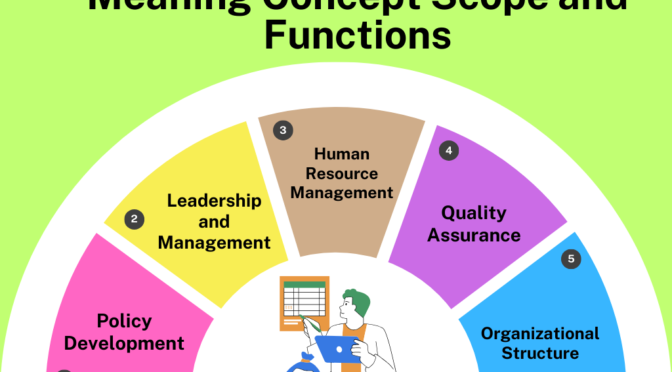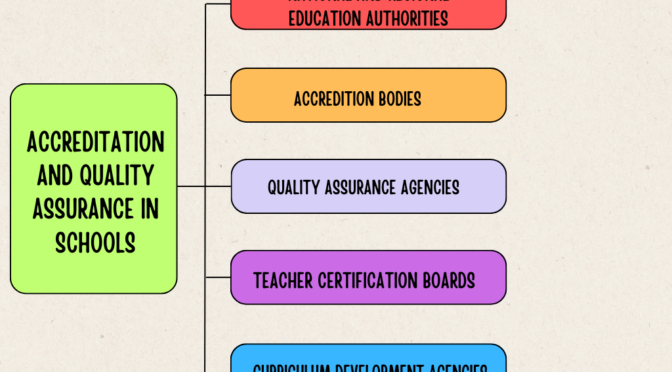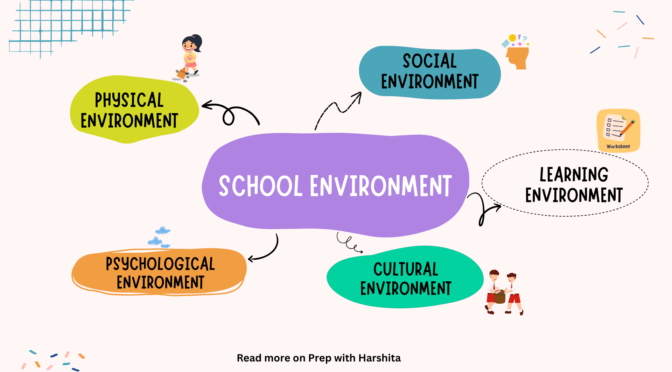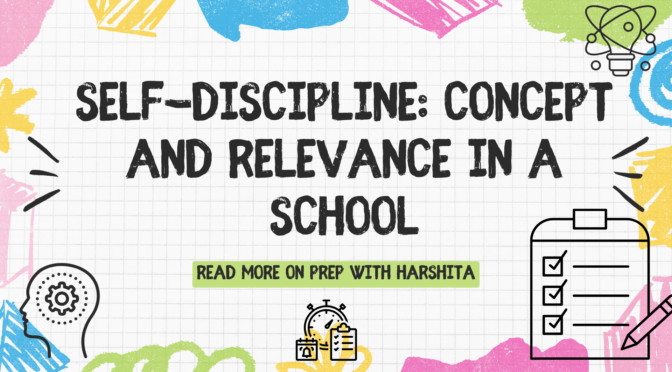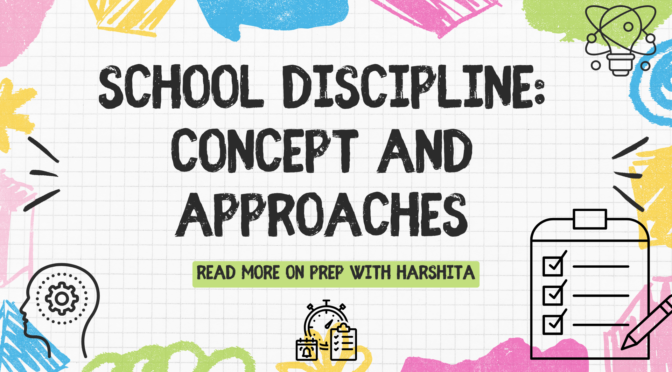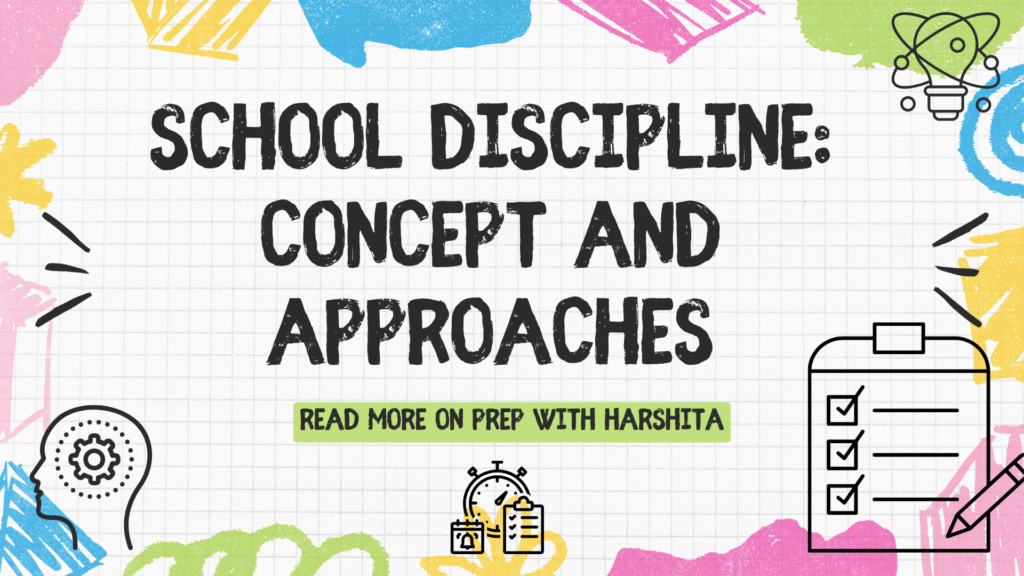Educational Administration refers to the process of managing and coordinating the activities of an educational institution to achieve its goals and objectives effectively. It involves the planning, organizing, directing, and controlling of various resources and activities within an educational setting. Educational administration is an important component of the broader field of education, focusing on the efficient and smooth operation of educational institutions.
Meaning of Educational Administration:
Educational administration includes the planning, coordination, and supervision of educational policies and programs. It involves decision-making, resource management, leadership, and the implementation of strategies to enhance the overall functioning of educational institutions.
Concept of Education Administration:
The concept goes beyond mere management; it includes leadership, vision, and a commitment to educational goals. It involves creating an environment that fosters teaching and learning, while also addressing the administrative and organizational aspects of educational institutions.
Read more on the next page.

